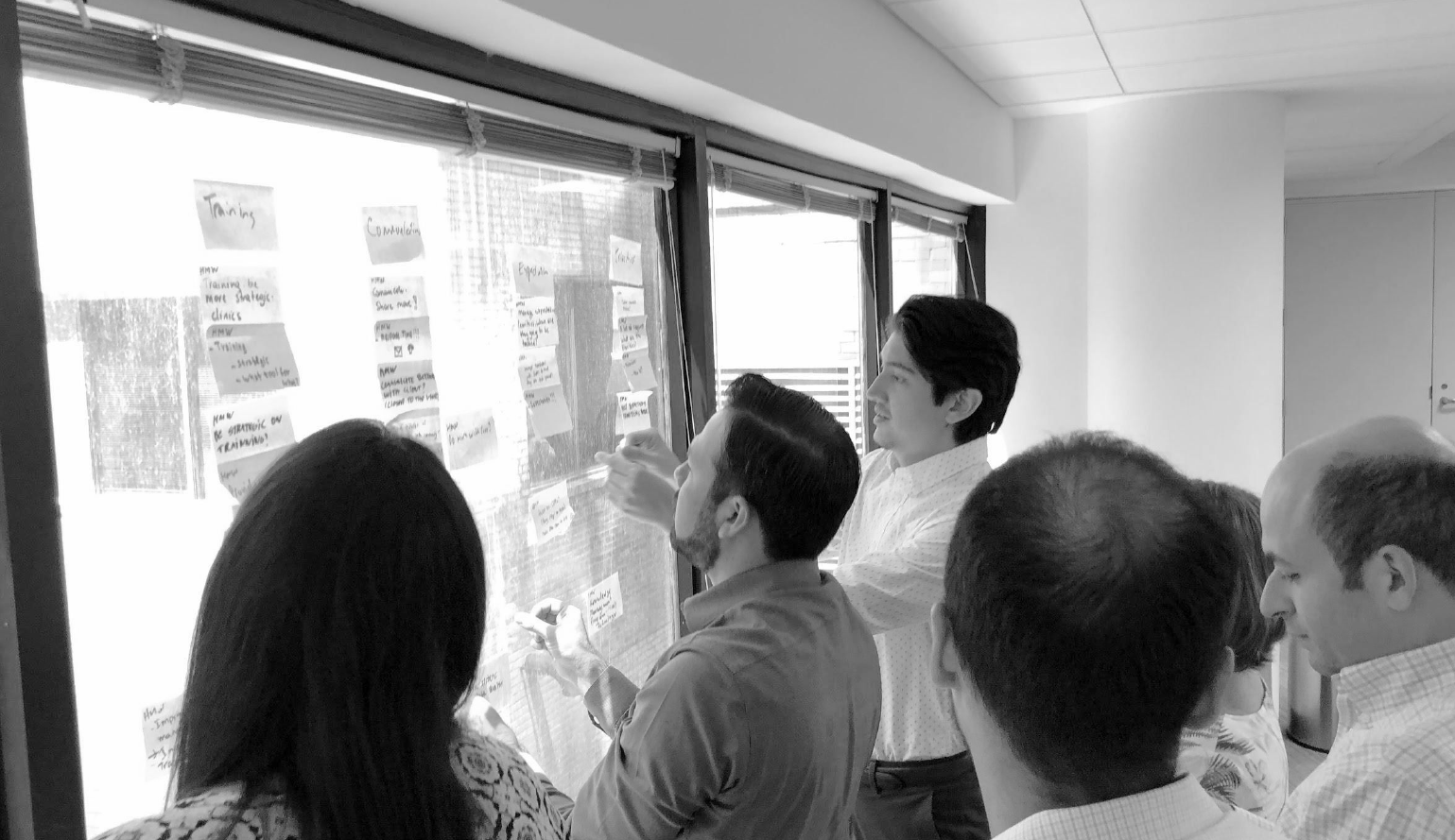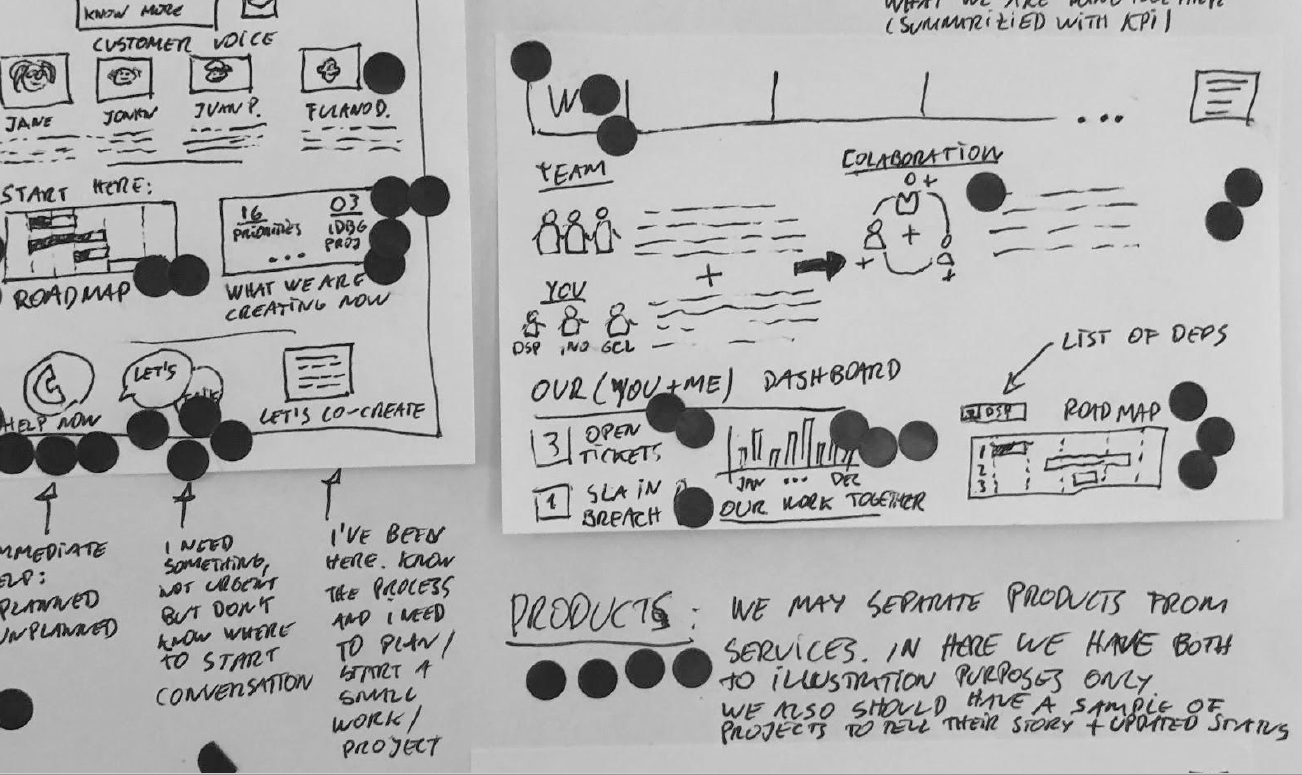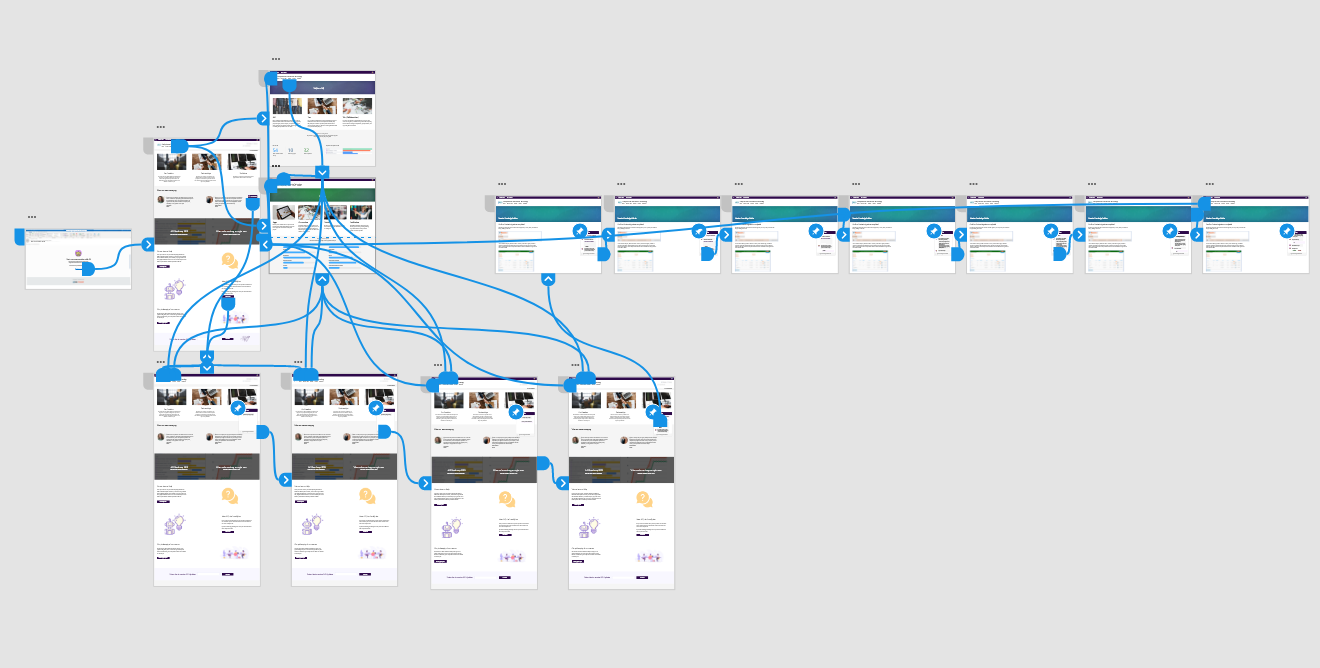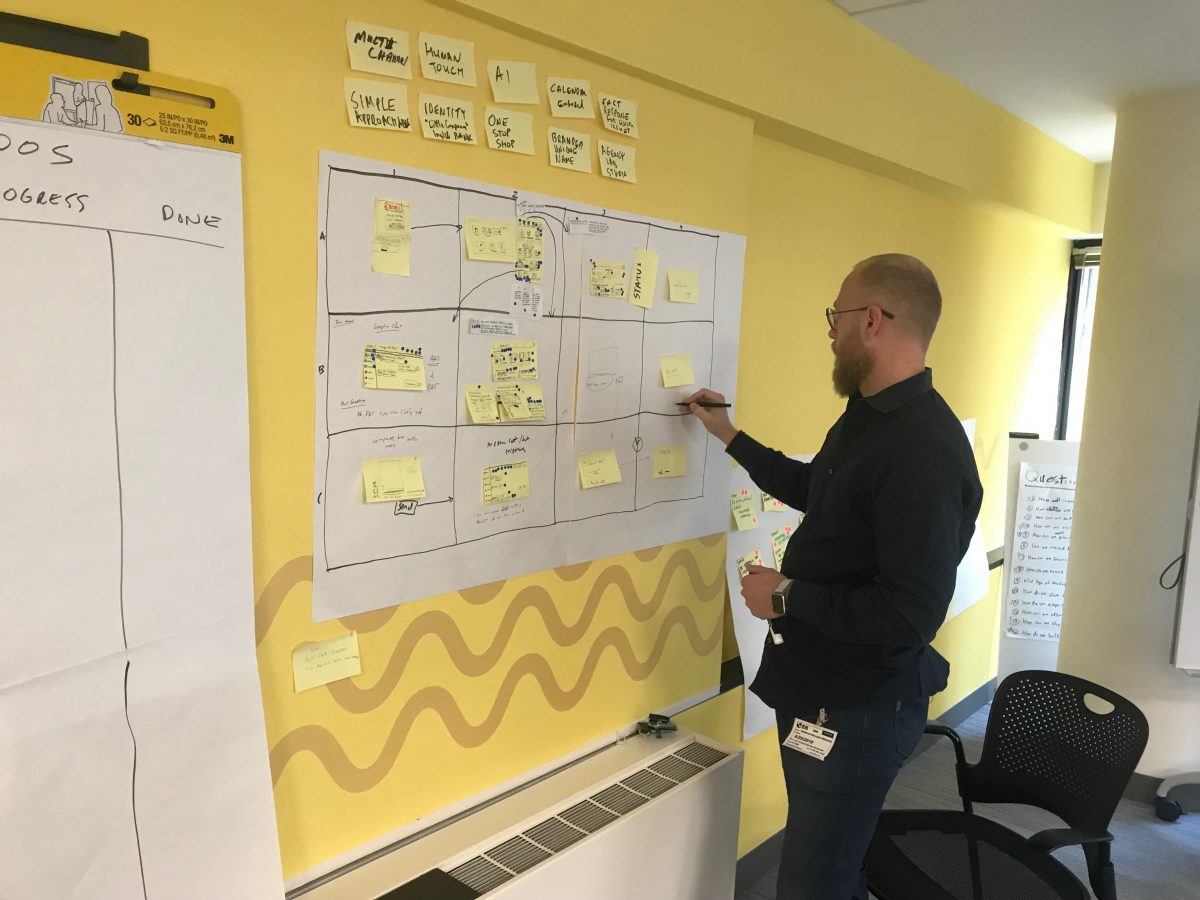Overview
IDB Invest’s Information Technology team has undergone a series of transformations in the past couple of years– from team reorganizations to management changes. But perhaps the most impactful change came when a few years ago, when senior management determined that the technology function would add even more value to the organization if it became part of the Strategy Department.
In order to fulfill ITs strategic mandate, the team has been focusing on Agile software delivery methodologies and product management relationships with internal business clients. However, the IT team was missing a core piece of this puzzle: a coherent vision to effectively communicate its strategic value proposition, thus making it tangible and concrete throughout the organization.

Table of contents
Objective
Problem Domain: How might we communicate our value proposition to the larger organization in a clear, accessible, and engaging way?
Users and audience
Technology team leaders
The intended audience for this workshop was all team leaders of the IT team at IDB Invest. By exposing these leaders to the Design Sprint workshop experience, I hoped to wake up a sense of curiosity and appreciation for the design thinking methodology and have them as allies in my role of evangelizing design as a core practice in technological innovation.

My role in the project
As UX Lead at IDB Invest, one of my roles is to evangelize best practices in the intersectional realm of design and technology. I recommended that we should hire someone to facilitate a design sprint because 1) having an outside expert facilitate would amplify the legitimacy of the method and 2) it will show IT team leaders the benefits of the design thinking process when tackling problems that involve people/users.
Later on, during the workshop, I was assigned the “stitcher” role, which means I was in charge of creating the prototype in Adobe XD and craft the experience of the concept experiences we were testing with real users.
Design Process
1. Define problem and interview users
First,we did some research via interviews. While interviewing our “experts” within our core team. Everyone took notes using a consistent format called “How might we…”. This process encouraged to think big without getting mired down by the painful details of the taking a full solution to market.
Each team member selected their top four HMW notes, and we reviewed these important questions to keep in mind during testing. We used affinity mapping and dot voting to select the most significant questions to explore in our prototype phase.
2. Sketch and prototype
Each member of the sprint team spent almost a full day sketching one or two solutions that they felt held the most promise. Although they were together in the same room, they worked alone. Group brainstorms don’t work. Instead, we gave each person time to develop solutions on their own.
The team voted using small dots to identify parts of sketches they liked. Then, we led the team through each of the sketches posted on the wall and called out key ideas worthy of prototyping.
Then I used the highest voted sketches and created a high fidelity prototype of the UX, using Adobe XD

3. Test the prototype
The entire sprint team observed the interviews/usability tests in real time via webcam and screen sharing software, while the facilitator conducted them from another room.
Using an insights scorecard the team quickly assessed the response to our questions we set out at the beginning of the Design Sprint.

Outcomes
- We combined two competing solutions into one prototype: a chat bot that answered IT support requests from employees and a brochure-like website with marketing materials and information about our services.
- In the testing phase we had them go through the website experience and then click on the chat bot widget to gauge their reactions to both.
- The prototype was highly interactive, so users clicked through the prototype as it were the real thing.
Lessons learned
1
People don’t respond well to marketing lingo about services. Specially when it comes to a corporate function of an organization.
2
Show, don’t tell. If you want to sell your value on a website, show what you have done… not what you think you will do.
3
The other team leaders really enjoyed the Design Sprint experience. Now some of them use insight gathering techniques to gauge user feedback.
